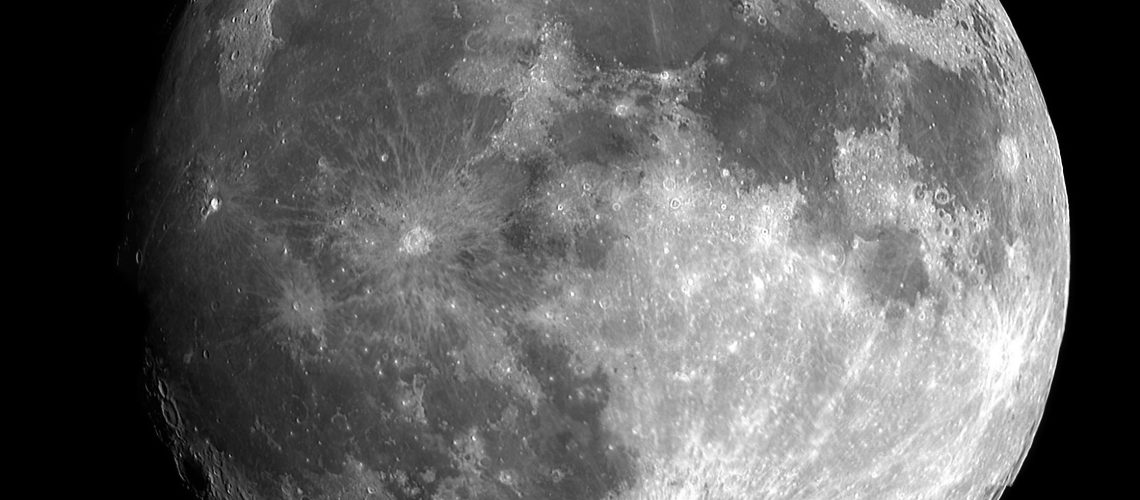Moon landing refers to the landing of manned spacecraft on the moon. These are spacecrafts with people on them that landed on the moon. Of course, we will always remember the first moon walk when Neil Armstrong walked on the moon, becoming the first human to do so.
His statement, “That’s one small step for man, one giant leap for mankind”, is legendary. While this moon landing is always remembered, there have been many other moon landings. Most of them were unmanned without humans on the spacecraft.
Image via Megapixl Stock Photos
Even today countries are planning moon missions to send spacecraft and humans to the moon. We look at some of the popular moon landings in the past, and present, and plans for the future.
The first moon landings
The first unmanned mission to the moon without a crew was by the former Soviet Union. The Luna-9 landed on the moon on 31st January 1966. The US launched its own mission successfully with the Surveyor-1 mission landing on the moon on 30th May 1966. Subsequently, there were many other missions without crews to the moon.
It was the US that pioneered the first manned mission to the moon. This would be the first time that a spacecraft with humans on it would land on the moon. It was a challenging mission but had many risks. The Apollo 11 mission achieved this task with the first landing on the moon with humans. This was achieved on the 21st of July 1969. Following are a few key details of this historic moon landing:
- The mission saw the landing of the Eagle lander on the moon on 20th July 1969. The mission lasted for one day after which it took off back to Earth.
- The landing site chosen was the Sea of Tranquility.
- Apollo 1 was launched on July 16th, 1969 from the Kennedy Space Center in Florida. It was the fifth mission to the moon with a crew in it but was the first where the crew would walk on the moon.
- The mission had two astronauts, Neil Armstrong and Edwin ‘Buzz’ Aldrin in it. Of the two, Neil Armstrong was the first to step on the moon. The moon landing and Armstrong’s walk were historic achievements not just for the US but for science and space exploration.
- After Armstrong stepped out, he was joined by Aldrin. The two of them spent around two hours and fifteen minutes exploring the area where they had landed.
- The mission brought back around 21.5 kg of material from the moon.
- The Eagle lander docked with the command module Columbia, after which they returned to Earth.
Subsequently, there have been many other moon missions. 24 astronauts from the US have traveled to the moon. Twelve of them managed to walk on the moon’s surface. But Armstrong and Aldrin will always be remembered for being the first to walk on the moon.
The role of NASA
NASA is the National Aeronautics and Space Administration, an agency of the US government responsible for space exploration. NASA was established in 1958 and since then has worked on various missions involving space. The Apollo programs that led to the moon landings were also managed by NASA. The hard work put in by the scientists, engineers, and astronauts at NASA resulted in the moon landings. Subsequently, NASA continued to work on various space programs. In 1998, NASA launched the Lunar Prospector mission when they crashed a spacecraft on the moon. LCROSS in 2009 and LADEE in 2013 were other NASA missions to the moon with unscrewed spacecraft. The Artemis program approved by the Trump administration plans to send a mission to the moon with a crew that would include a female astronaut.
Subsequent moon missions
Subsequently, many uncrewed moon missions were launched. The objective of these missions was to land a spacecraft on the moon without people in it. This was done to avoid the risks involved in a crewed landing. There were many crashed landings where spacecrafts were made to crash on the moon’s surface.
After the successful uncrewed crash landings, space agencies decided to carry out soft landings or controlled landings. Some of these missions were:
- Chang’e 3 and Chang’e 4 of China, which landed on the moon in 2013 and 2019.
- Beresheet (Israel) – 2019.
- Chandraayan 2 (India) – 2019.
There are many other missions planned to the moon. Chandraayan-2 (India) is a mission planned for the end of 2022. Luna 25 of Russia is expected to land in 2022. India and Japan have planned a Lunar Polar Exploration Mission with a landing of a spacecraft manned by robots.
